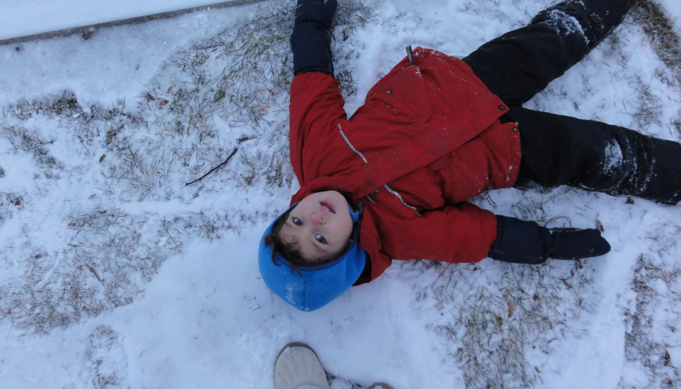
A couple of weeks ago I blogged about how testing is related to learning. More recently, the Globe and Mail published a short piece on encouraging creativity in children. Anne McIroy cited findings by James Kaufman, an experimental psychologist at California State University. Kaufman found that if children know they are going to be tested on a topic, they become less creative in their approach to it. In other words, they begin to focus on learning the material in the way it is being taught rather than considering the material and ‘what else’ it might mean. This is an important extension to the findings I blogged about a few days ago – ‘testing and learning.‘ When planning developmental opportunities, we really need to consider the outcomes we are aiming for in designing the initiatives.
Creativity, in particular, is a tricky outcome to harness in an organized, structured setting. In order to be creative people need to feel free to share ideas, wild ideas. They need to be willing to take risks and move away from the expected. In most learning environments this is discouraged. It is no shock that testing would discourage creativity. When evaluation and judgement are eminent, people play it pretty safe. So how would you design a developmental opportunity that encourages creativity?
There is a vast literature on creativity and innovation, both at the individual, team, and the organizational level. At the individual level, creativity is a set of cognitive processes. People are creative when they think about ideas across categories. The classic example is a test where the researcher asks the study participant to come up with uses for a brick. Predictable answers include: building a house, repairing a wall, creating shelving. These are all building or structural uses. A person is creative when they begin to move across categories of use (e.g., bug whacker, breaking a window, door stop, throwing for distance). Research indicates that some people naturally move ‘outside the box‘ while others can be encouraged to do so using questions such as ‘what else could you do with the brick?’ ‘can you think of an entirely different use?’
Creativity in groups and teams is another challenge. In general, individuals are more creative than groups. This is counterintuitive given that groups have the benefit of different viewpoints and ideas from the different group members, however, groups have ways of behaving that are completely contrary to creativity. If I were to ask you to come up with as many uses for a toothbrush as you possibly could and write them down on a piece of paper (I promise you will not be tested or evaluated on the quality of your responses); in another room I ask a group to do the same thing – who do you think will come up with the most responses, both in number and in categories of use? The individual. As an individual, you will write every idea that comes to mind. I asked you to write down anything without fear of evaluation. In the group, evaluation and criticism are built into the process. If I say something out loud, I am opening myself up to judgement from every member of the group and, in reality, the group will take the opportunity to judge – “giggle giggle” “that is a silly answer” “I don’t think that will work.” This ‘process’ reduces the group’s ability to be creative. In order to be creative, groups need to learn to separate idea generation from idea evaluation – and group members need to trust that they will not be judged. It is the momentum of free flowing, sometimes wacky, ideas that will encourage that brilliant visionary innovation.
In organizations, encouraging creativity is about culture. Is creativity valued here? Is it important to us as an organization? Will I be rewarded for it? And importantly, do I have time for it? Being creative often requires time to sit, consider, try things out, make mistakes, revise plans, and try again. In a large number of organizations, the pace is fast and time is a luxury. However, if your business is built on innovations and creativity, there needs to be time to tinker and play around. This is why we often find that the most creative organizations have a hint of a ‘playful’, ‘fun-loving‘ culture (e.g., Virgin). Without sponsored ‘tinkering‘ our world would be missing out on some pretty great stuff. For a clear example, and possibly some inspiration, take a look at the story of the Post-It Note.

No Comments so far ↓
Like gas stations in rural Texas after 10 pm, comments are closed.